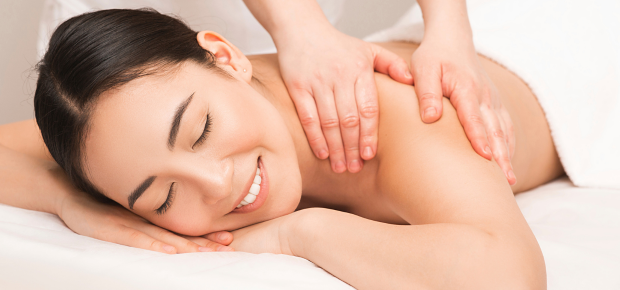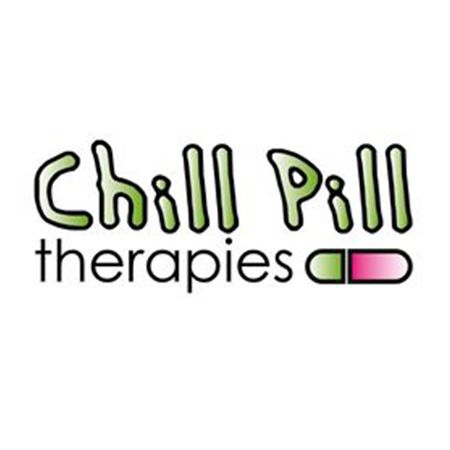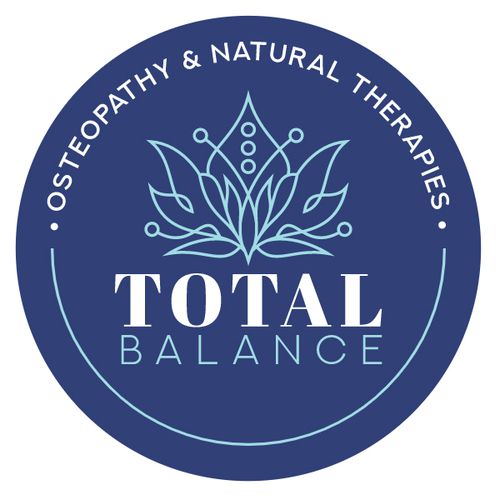
Ever felt like your body’s holding onto stress like a sponge soaked in tension? You’re not alone. Life can get pretty hectic—between work, relationships, and that never-ending to-do list, sometimes you just need a moment to hit pause. That’s where a relaxation massage comes in. Unlike deep tissue or remedial massage, this one isn’t about fixing specific injuries. It’s about giving your body and mind a well-deserved break.
Here’s what you can expect during a typical session:
-
Long, rhythmic strokes that feel smooth and calming
-
Gentle to medium pressure—enough to ease tension, never painful
-
A serene environment—dim lights, calming music, soft towels, and sometimes essential oils
-
A focus on calm, not on treating chronic pain or deep muscle issues
In essence, it's a peaceful timeout for your nervous system. Sounds good already, right?
What are the benefits of a relaxation massage?
You might wonder—if it’s not targeting injuries or deep tension, is it really worth it? Absolutely. A relaxation massage can have lasting effects that ripple into your daily life, especially when done regularly.
Here are some of the benefits people often report:
-
Less tension in the back, neck, and shoulders (goodbye, desk-job slouch)
-
Lowered blood pressure, even temporarily, which is great for stress relief
-
Improved blood flow in hands, feet, and everywhere in between
-
Better digestion, thanks to enhanced gastrointestinal movement
-
Deeper, more restful sleep
-
Fewer muscle tension headaches
-
Healthier-looking skin, thanks to better circulation
-
Speedier healing for minor skin wounds or soft tissue injuries
-
More mobility in tight joints or muscles
-
Boosted immune system (yes, stress reduction really helps here)
To back this up, a 2011 clinical trial showed that both relaxation and structural massage were significantly more effective than usual care for treating chronic low back pain. It’s not just hype—it works.
Different types of relaxation massage
So, you've decided to try one. But which type? Don’t worry, you’ve got options. Here are a few popular variations, each offering its own take on the art of relaxation:
Swedish massage
The go-to classic. It uses a mix of long strokes, kneading, and light tapping, all geared toward encouraging blood flow and easing tension. Ideal if you’re new to massage or want a gentle full-body experience.
Hot stone massage
Warm, smooth stones are placed on specific body parts to soften muscles before the therapist uses hands or stones to massage you. It’s as luxurious as it sounds—and surprisingly effective for deeper muscle relaxation.
Aromatherapy massage
Here, essential oils are added to enhance both your physical and emotional well-being. The scent of lavender, eucalyptus or peppermint fills the room while your therapist uses Swedish massage techniques to work their magic. You get to choose the scent, too, so it becomes a personalised experience.
These styles all focus on the same goal: helping you feel calm, grounded, and better equipped to deal with daily life.
Massage techniques explained
Every relaxation massage includes a blend of tried-and-tested techniques. These aren't random rubs—they’re specific movements developed to ease your body into rest mode:
-
Effleurage: Think of it as the intro and outro of your massage. These long, sweeping strokes help warm up your muscles and gently nudge your body into relaxation.
-
Petrissage: A kneading motion that lifts and squeezes muscles to reduce tension and boost circulation. It feels like your muscles are being gently wrung out.
-
Tapotement: A rhythmic tapping technique done with cupped hands or fingers. It's invigorating but used briefly in relaxation massage to avoid overstimulation.
-
Friction: Used sparingly, this one targets small, tense areas with deeper circular motions. It's great for loosening knots without going too deep.
-
Vibration: A gentle shaking movement that relaxes muscle fibres and calms the nerves.
-
Stretching: Sometimes, therapists guide you through passive stretches to improve your range of motion. It’s gentle and never forced.
Each technique plays a role in helping you unwind—without leaving you sore or uncomfortable afterwards.
Essential oils used in relaxation massage
If your massage therapist offers aromatherapy, you’re in for an extra layer of bliss. Essential oils do more than just smell nice—they can elevate your whole experience.
Here’s a breakdown of some favourites:
| Essential Oil | What it’s good for |
|---|---|
| Lavender | Calming nerves, easing tension, improving sleep |
| Peppermint | Refreshing the mind, easing headaches, relieving fatigue |
| Eucalyptus | Clearing sinuses, calming muscle aches |
| Rosemary | Enhancing focus, relieving mental and muscle fatigue |
| Sweet Orange | Lifting mood, relaxing the body |
| Ylang Ylang | Easing anxiety, balancing emotions |
The oils are usually diluted with a carrier oil before being applied to the skin. Some therapists diffuse them into the room as well, so you get the benefits just by breathing deeply.
How much does a relaxation massage cost in Australia?
Massage prices in Australia have gone up a bit in recent years, but there’s still a wide range depending on where you go and what you choose. Here’s an updated estimate to give you a sense:
-
30 minutes: Around $50–$75
-
60 minutes: Usually $90–$140
-
90 minutes: Between $130–$190
The cost can vary based on your location, the therapist’s qualifications, and whether you’re booking at a luxury spa, a mobile massage provider, or a local wellness clinic. Extras like aromatherapy, hot stones, or remedial add-ons will usually bump up the price. That said, plenty of people find the stress relief and overall wellness boost to be well worth it.
Can I claim relaxation massage on private health insurance?
Short answer: it depends. Some Australian health insurance providers do cover massage therapy, but only under certain conditions.
To be eligible:
-
The therapist must be a registered provider
-
The massage might need to be part of a health management plan
-
You may require a referral from your GP
Always check with your health fund first. And don’t be shy to ask your massage therapist if they offer rebates—many do.
What the research says
Still wondering if it’s all worth it? Research says yes:
-
A 2013 study showed that Swedish massage significantly reduced blood pressure and inflammation in women with hypertension.
-
A 2021 meta-analysis found that massage therapy could help children and teens with ADHD improve sleep and behaviour.
-
A 2014 review confirmed massage helped fibromyalgia sufferers reduce pain, anxiety, and depression.
-
A 2008 review on cancer patients noted short-term relief in pain and mood improvement from massage therapy.
That’s a lot of reasons to book your next session.
Tips for choosing the right massage therapist
A great massage depends on a great therapist. But what makes one? Here’s what to keep in mind:
-
Qualifications matter: In Australia, a Certificate IV in Massage Therapy is the minimum required.
-
Style compatibility: Don’t be afraid to ask questions beforehand. Are they gentle? Do they use essential oils? Are they happy to focus on areas you prefer?
-
Professionalism: Clean space, respectful communication, and an understanding of boundaries are must-haves.
-
Personal qualities: Friendly, a good listener, empathetic, well-groomed—these things matter when you’re letting someone work on your body.
Need help finding someone? You can browse qualified relaxation massage therapists near you right here on Natural Therapy Pages.









